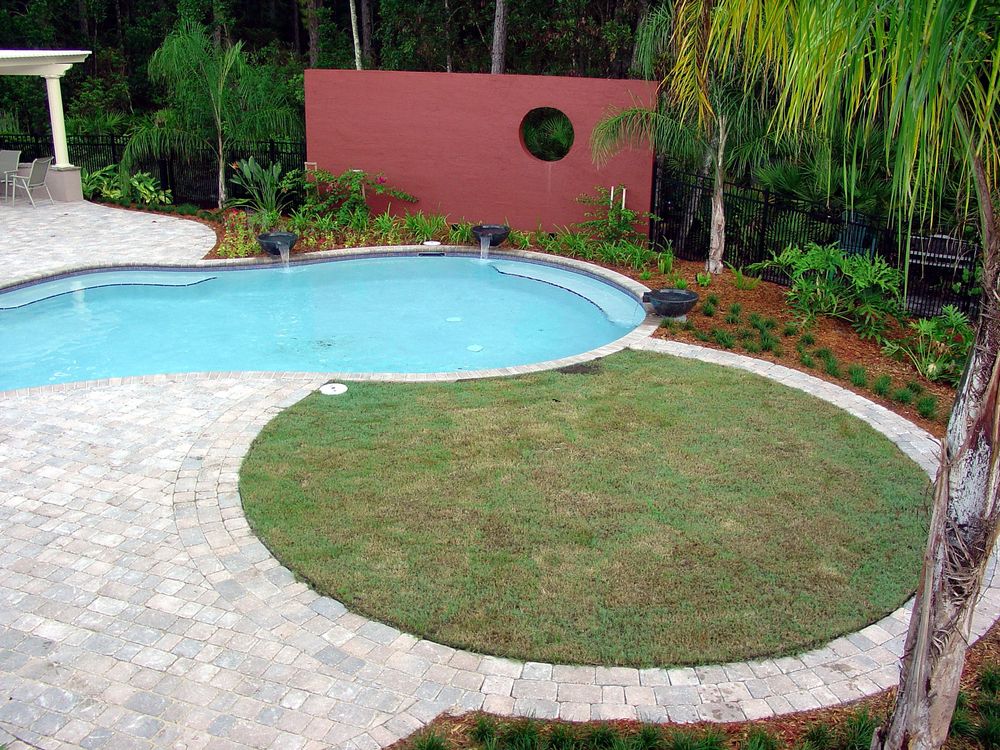Do you really need a landscape design?

Published on:
Why do you need a detailed design for your property that cohesively incorporates all the elements? Why not just put a pool over there and an arbor next to it, throw in some pavers around the pool, and toss your favorite plants all over the place?
What is landscape design?
Landscape design is the process of improving your property – whether it's a patio, pavers, pool, or fire feature – you are trying to improve your home's aesthetics and value. You should develop a design and a master plan for the space so that all those elements work together, even if you're doing it in phases, to spend money on landscaping, pavers, pool, screen enclosure, or other elements.
Not having a design plan will be an unsuccessful investment or a wasted opportunity. You need to be investing in your property.
A landscape design plan is essential for several reasons:
- Visualizing the Concept: A landscape design plan helps you see how your outdoor space will look when completed. It includes details like plant placements, pathways, and structures, giving you a clear picture of the end result. We create great spaces that feel like a true extension of your house.
- Optimizing Space: A plan ensures efficient use of your outdoor area. It considers factors like traffic flow, focal points, and functional zones such as seating areas, maximizing the usability of every corner in your backyard.
- Budgeting: It helps estimate costs more accurately. By specifying materials, plants, and labor, a design plan helps to prevent unexpected expenses and allows for phased implementation.
- Coordination: Another benefit of having a design is that you can phase in each element. We approach the property as a whole, and when we create the master design plan, it gives our clients the ability to phase things in with an end goal in mind. Every detail is well planned out.
- Environmental Considerations: A well-designed plan considers local climate, soil conditions, and sustainability factors. It can include elements like water conservation, native plant choices, and efficient irrigation systems.
- Long-term Vision: It provides a roadmap for future maintenance and development. Knowing where plants will grow and how features will age helps in planning for ongoing care and potential upgrades.
- Legal and Regulatory Compliance: In some areas, certain landscaping changes may require permits or need to adhere to local codes. A design plan can ensure that your project meets these requirements from the outset.
A landscape design plan is crucial for turning your ideas into a coherent, functional, and aesthetically pleasing outdoor space while staying within budget and legal guidelines.